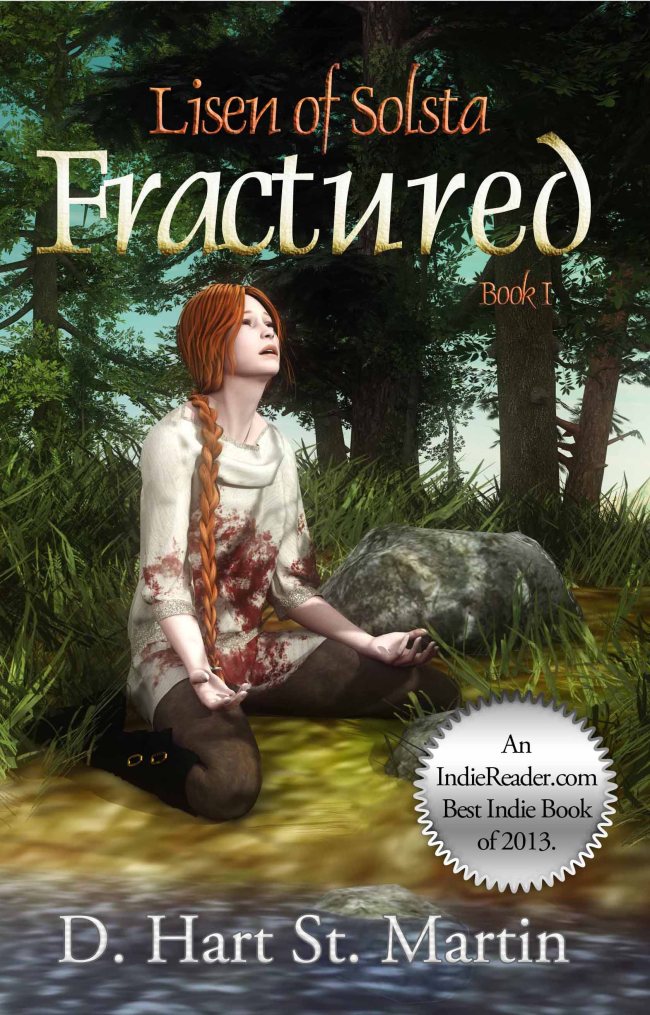When I set out on the journey to share Lisen of Solsta’s journey with anyone who would listen, I really had no idea what I was in for. All I could see was that independent publishing meant I didn’t have to write any more query letters, that no agent or publisher would send me one of those one-size-fits-all rejection letters ever again, and that the control was all in my hands.
Well, not quite. Self-publication requires a multitude of skills beyond just writing. Here are a few of them:
- More-than-amazing proofreading skills and the patience to do it just one more time.
Or…the money to pay someone else to proofread it for you, someone you trust or someone a friend knows and trusts. - A knowledge of what Word can do and the willingness to follow the suggestions on your print-on-demand (POD) publisher’s web site in order to make the print copy look professional.
Or…the money to pay someone else to format it for you, after which you must make sure they formatted it to your specific instructions and it looks the way you expected it to look (unless they have a logical explanation for why they did it differently, of course). - An average intelligence in order to fill out the forms for the POD publisher, making sure the name of the book is correct, you’ve included all pertinent authors and contributors, and have chosen tags that will call others to your book when they search. (And don’t forget your cover artist as one of those contributors—see #4 below).
- The artistic expertise to create a stunning and seductive cover.
Or…the money to hire someone to collaborate with you, listen to your ideas and then bring them to life.
It is this last item I have opened up Word today to address.
I wrote my first book, Fractured, with a great deal of care. I rewrote it and rewrote it, submitting it over and over to the writing workshop I trust with my life, and when I’d reached the magic moment of READY, I did everything listed above. Except for the cover. I used a template from my POD publisher and a painting that was in public domain. It wasn’t a bad cover; I did a fairly good job at it. But it wasn’t the sort of cover that attracts young people, and my book was YA fantasy.
And it bombed. Big time. Fractured was named an IndieReader.com Best Indie Book of 2013, but I think I sold no more than a dozen copies. I did get 5-star reviews from everybody who read it, but they were all friends and family, save for that IndieReader.com review (also 5 stars).
There was a disconnect. Great book, no response from potential readers. What was the problem? I’ve written before about how even the larger details of marketing elude me, but I do keep getting myself and my books out there. No, the disconnect was that adequate-but-uninspiring cover.
So…I hired a cover artist—a good one. I had her start on book 2 (Tainted) so I could get that one published. She did a wonderful job. See?
A couple of weeks after Tainted’s publication, my artist, Aidana WillowRaven, asked how we were doing in sales. Nowhere. I hadn’t wanted to look because I knew it wasn’t doing that well. Who’s going to buy the second book in a series if they haven’t read the first one, and clearly few people had read the first one. I came clean with Aidana and said that things might go much better if we got the first cover done and out there.
So now I’m on the line. The new cover for Fractured is finished and available on Kindle.
Gorgeous, isn’t it?
The paperback is another story. Between typos in the back cover copy due in part (only in part) to making modifications too quickly to proof it properly and my dear POD publisher’s digital proofer somehow making the cover look like a printer somewhere had run out of ink, I’ve had to submit the thing, so far, a total of three times. Aidana remained loyal and committed to getting it right and spent most of an entire day on my project when she could have been moving on to other work. Heaven and the Goddess bless her.
Here’s my point. Spend the money on a cover artist. Find someone you can work with, someone who cares, someone who will put their arm on your shoulder and tell you they are your collaborator and they want it to be perfect as badly as you do. In the beginning, I couldn’t afford this, and many who read this won’t be able to afford it either. But spend as much as you possibly can. Go as high as you can to get the best you can afford. Look for sales, look for discounts, whatever it takes. Because a book is like a beloved child, and first impressions do count. If it’s truly good enough to publish, it deserves the very best you can give it.




